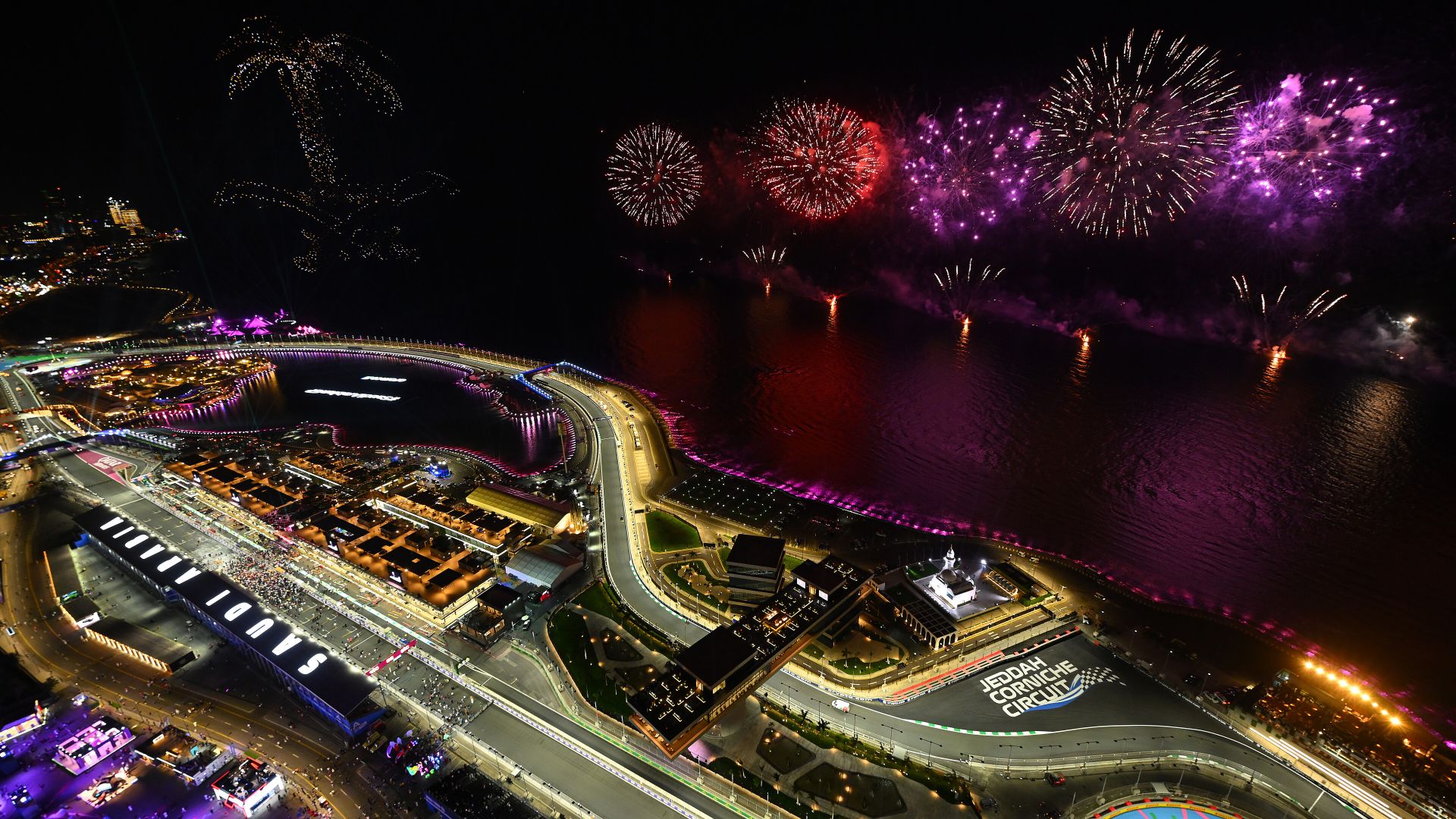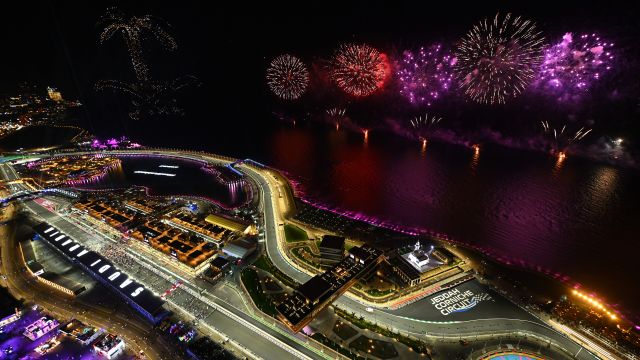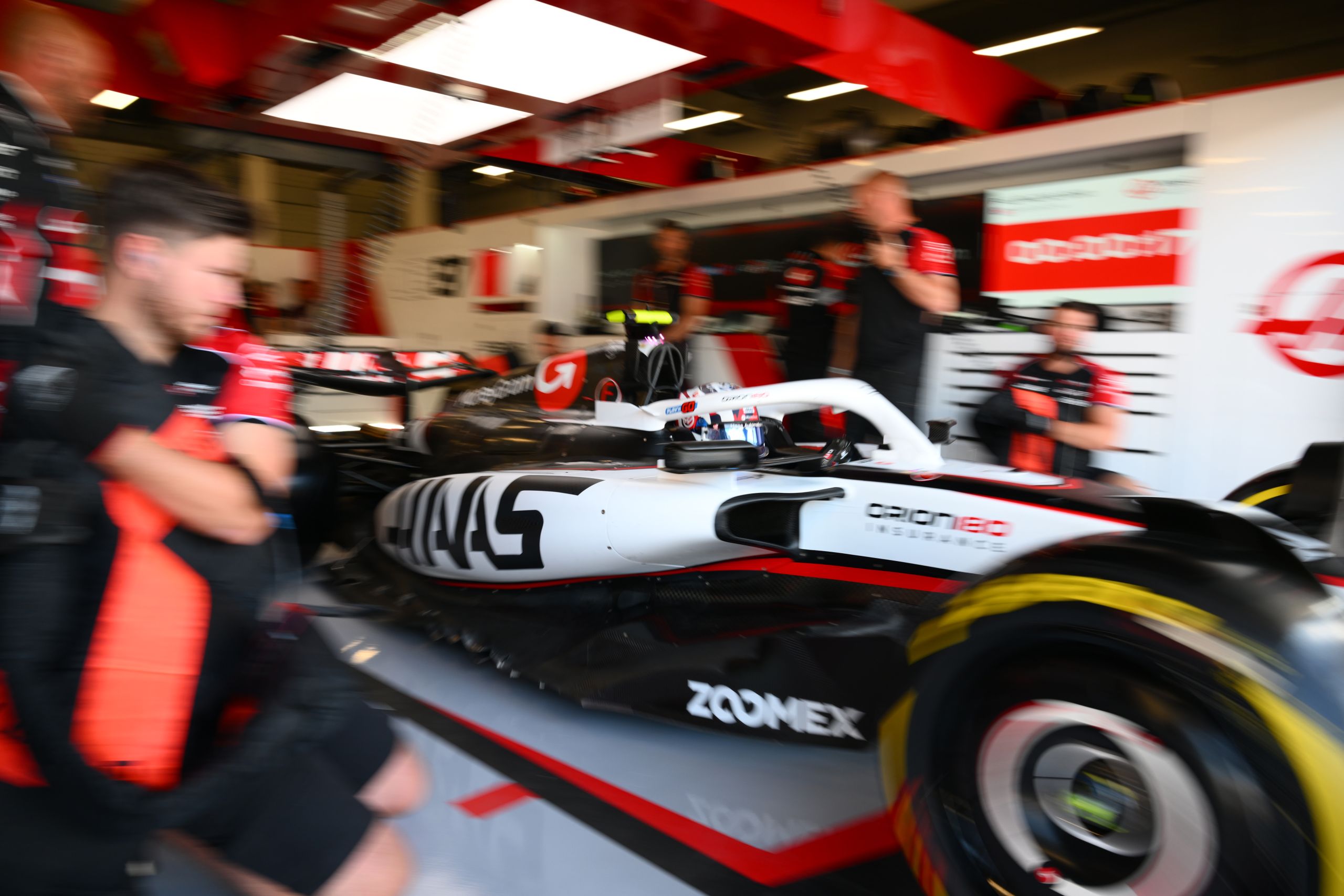How Fast Is The Jeddah Street Circuit?


Speed is a defining characteristic of Formula One, and few circuits exemplify this as vividly as the Jeddah Corniche Circuit. This street circuit, located in the Saudi Arabian city of Jeddah, has emerged as one of the fastest tracks in the F1 calendar. Inaugurated in December 2021, the track has already distinguished itself with impressive average speeds that rival some of the sport’s most legendary circuits.
With a length of 6.174 kilometers and featuring 27 corners, the design and layout of Jeddah’s street circuit allow for high-speed racing, challenging drivers’ skills and captivation the fans. Average speeds around the circuit are estimated to be around 252km/h, making it one of the swiftest around the globe. Pushing the envelope of speed, the circuit weaves through the Corniche, providing a picturesque backdrop to the intense racing action that unfolds.
Overview of the Jeddah Street Circuit
The Jeddah Street Circuit stands out as one of the fastest on the Formula 1 calendar, combining spectacular seaside views with exhilarating high-speed corners.
Circuit Location and Environment
Location: Jeddah, Saudi Arabia
Environment: Coastal setting
The circuit is situated in Jeddah, along the picturesque Red Sea coast of Saudi Arabia. This location provides not only a stunning backdrop for the races but also impacts the racing conditions with its seaside climate, which can affect the track surface and vehicle performance.
Circuit Design and Layout
Total Corners: 27
Key Feature: High-speed design
The design of the Jeddah Street Circuit is remarkable for its high number of corners, totaling 27, which is more than any other current Formula 1 track. Despite this large number of curves, many are taken at such speed that they feel more like straight sections to the drivers, contributing to the circuit’s reputation for high velocities. With speeds averaging around 252.8 km/h, the circuit delivers an intense racing experience, with drivers reaching significant speeds on the long, sweeping stretches that challenge their precision and control.
Speed Characteristics
The Jeddah Street Circuit is recognized for its remarkable speeds, setting it apart as one of the fastest tracks in Formula 1 racing.
Top Speed Achieved
At the Jeddah Street Circuit, the highest speeds achieved are among the fastest in F1 due to the circuit’s long straights and limited high-speed corners. Precise top speed data varies with each race and car configuration, but speeds well above 300 km/h have been recorded during competitive sessions.
Average Speeds Compared to Other Circuits
Monza (Italy): 264.4 km/h
Silverstone (UK): Average speed less than Jeddah
Jeddah Street Circuit (Saudi Arabia): 252.8 km/h*
The Jeddah Street Circuit ranks as one of the fastest in terms of average speed, with only Italy’s Monza circuit ahead. It outpaces the likes of Silverstone, long regarded for its high-speed layout, making it a standout circuit for speed enthusiasts and setting new benchmarks for Formula 1 street races.
Racing Dynamics
The Jeddah Street Circuit introduces a high-speed arena that pushes the boundaries of precision driving, with specific zones that promote competitive racing and strategic maneuvers.
Overtaking Opportunities
The Jeddah track is known for its long stretches and sweeping curves, unlike traditional street circuits with tight corners, leading to increased overtaking spots. Key sections include:
- Turn 27: A demanding final corner followed by the main straight, offering slipstreaming potential.
- Turn 13: A slow corner preluding a straight, setting the stage for braking duels.
These areas allow drivers to engage in close-quarters racing, providing fans with the thrill of head-to-head contests for position.
Impact of Speed on Racing Strategy
Given the circuit’s average speed of 252.8 km/h, teams must balance the need for top-end speed with the agility to handle rapid direction changes. Considerations include:
- Aerodynamic Setup: Teams may favor a low-drag setup to exploit the high-speed stretches while ensuring stable downforce for cornering.
- Tire Wear: Faster circuits tend to escalate tire degradation, compelling teams to calculate pit strategies that strike a balance between speed and tire longevity.
The circuit’s unique composition affects car performance, influencing teams’ strategic decisions regarding pit stops and tire choices to capitalize on the speed of the venue.





